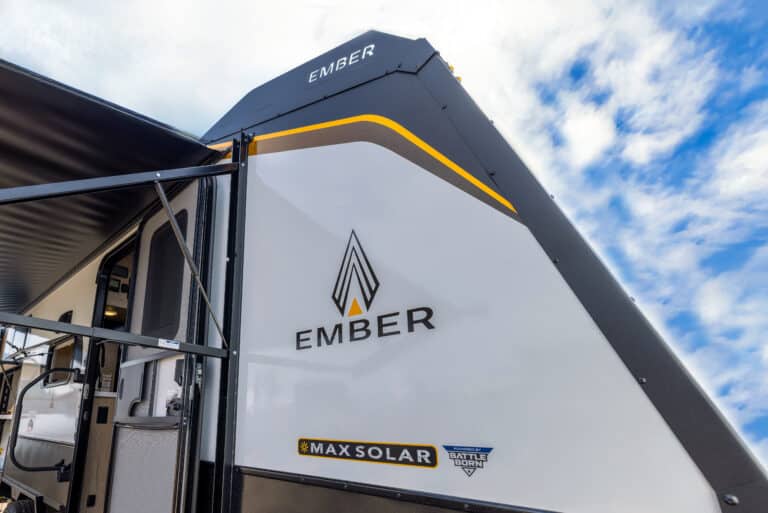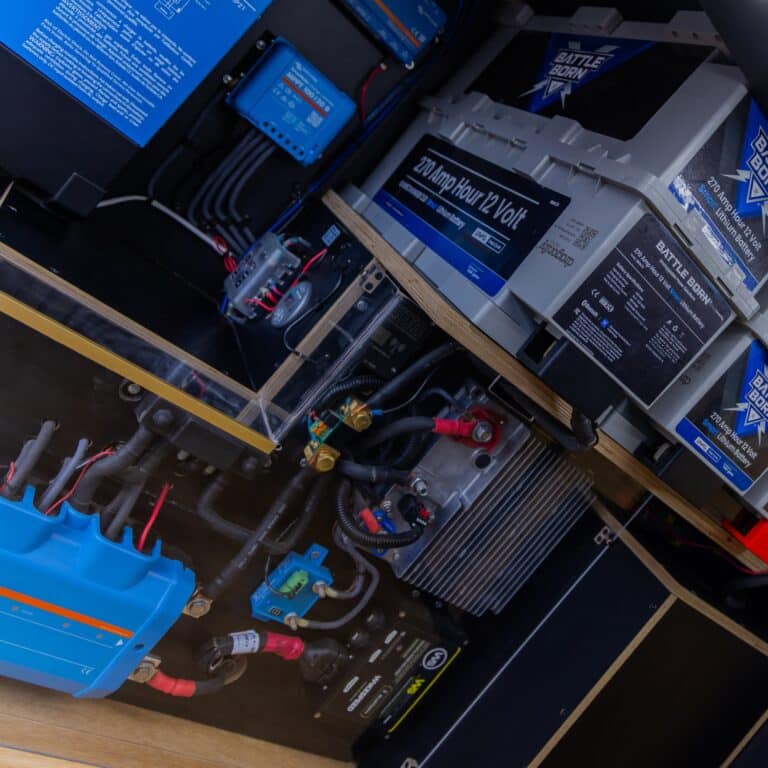Energy storage is an essential part of modern life, and each day, countless businesses around the globe rely on the stored energy inside batteries to power tools, lighting, equipment, and more on both in-town and remote job sites. When shore power either isn’t readily available or isn’t an option at all, battery storage options enable these businesses to carry out their activities and keep industrial and commercial projects moving at a consistent pace. So, how does this work?
What is Energy & How is It Stored?
The energy we use most on a daily basis is electrical energy, which, to be technically correct, is kinetic energy — meaning that it is constantly in motion. But when we think of energy storage, we think of batteries, which appear to be rather stationary. In the case of battery storage, the energy contained within is actually chemical energy that is later converted into electrical energy while the battery is in use. When the cathode (positive) and anode (negative) are connected to an application, a chemical reaction occurs inside the battery that creates a steady flow of electrons, and thus electrical energy is created. The chemicals inside the battery allow for safe storage until power is needed, but there is more than one way to achieve battery storage at high capacity.
Common Battery Types & How They Store Energy
For industrial and commercial purposes, there are two main types of battery energy storage, both of which are rechargeable for long-term use — though they are not equal in terms of performance.
Lead-Acid Batteries
Developed over 170 years ago, 12-volt lead-acid batteries are comprised of six individual cells, each containing a mixture of water and sulfuric acid and each with a cathode and anode. During the chemical reaction, the sulfuric acid breaks down into the water which dilutes it. In other words, using a lead-acid battery depletes the acid and creates a flow of electrons. During recharging, acid molecules are reconstructed so that the process can repeat. Unfortunately, this process also shortens the lifespan of lead-acid battery storage.
Lithium-Ion Batteries
Lithium-ion batteries are a newer form of energy storage made up of multiple cells. They take up less space than lead-acid and may use one of several chemistries depending on the intended application. Not only can they be charged faster, but they also have a much longer lifespan than their lead-acid counterparts. Lithium battery storage also enables higher heat tolerance which in turn makes them much safer to work with.
Why is Battery Energy Storage Important?
Energy storage isn’t going away any time soon, and as both commercial and industrial needs change, so will batteries change to better accommodate. For remote sites that use dedicated solar or wind systems to power heavy-duty operations, battery energy storage is a must in order to harness inconsistent energy produced by wind and sun. For these types of applications, lithium-ion provides the best stability and security to ensure that there is never a shortage of available power.
Visit our product page to find the right battery storage solution for your needs, or view by industry type for additional options.


